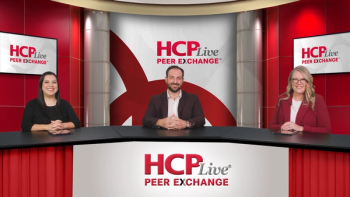
Treatment Strategies in Pediatric AD
Panelists discuss how individualized strategies combining steroids, nonsteroidal agents, and caregiver education promote sustained disease control in children.
Episodes in this series

Panelists discuss how treatment strategies for pediatric atopic dermatitis (AD) must balance symptom control, safety, and family comfort with long-term adherence. Choosing between steroidal and nonsteroidal options depends on disease severity, location, and caregiver preferences.
For mild disease, moisturizers and nonsteroidal creams may be sufficient. Moderate or severe cases often require corticosteroids for rapid flare control, followed by transition to maintenance with nonsteroidal or barrier therapies. Adherence improves when caregivers feel confident in the plan and understand how to adjust treatment during flares.
Panelists highlight that body surface area, itch severity, and sleep quality guide decision-making. They also recognize that steroid fears and application fatigue can impact outcomes. Addressing these concerns through education, empathy, and shared decision-making supports successful management.
Newsletter
Access practical, evidence-based guidance to support better care for our youngest patients. Join our email list for the latest clinical updates.







